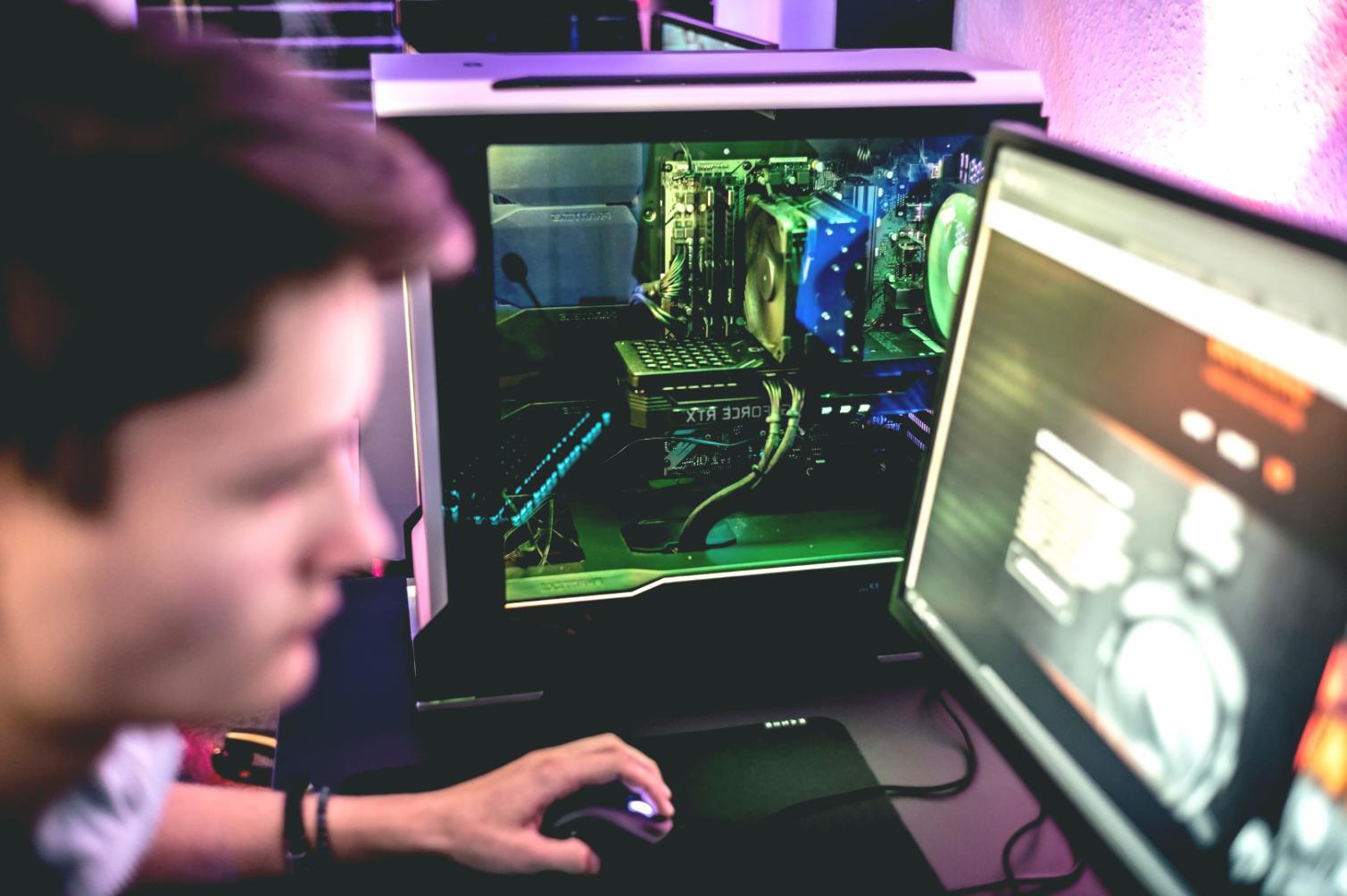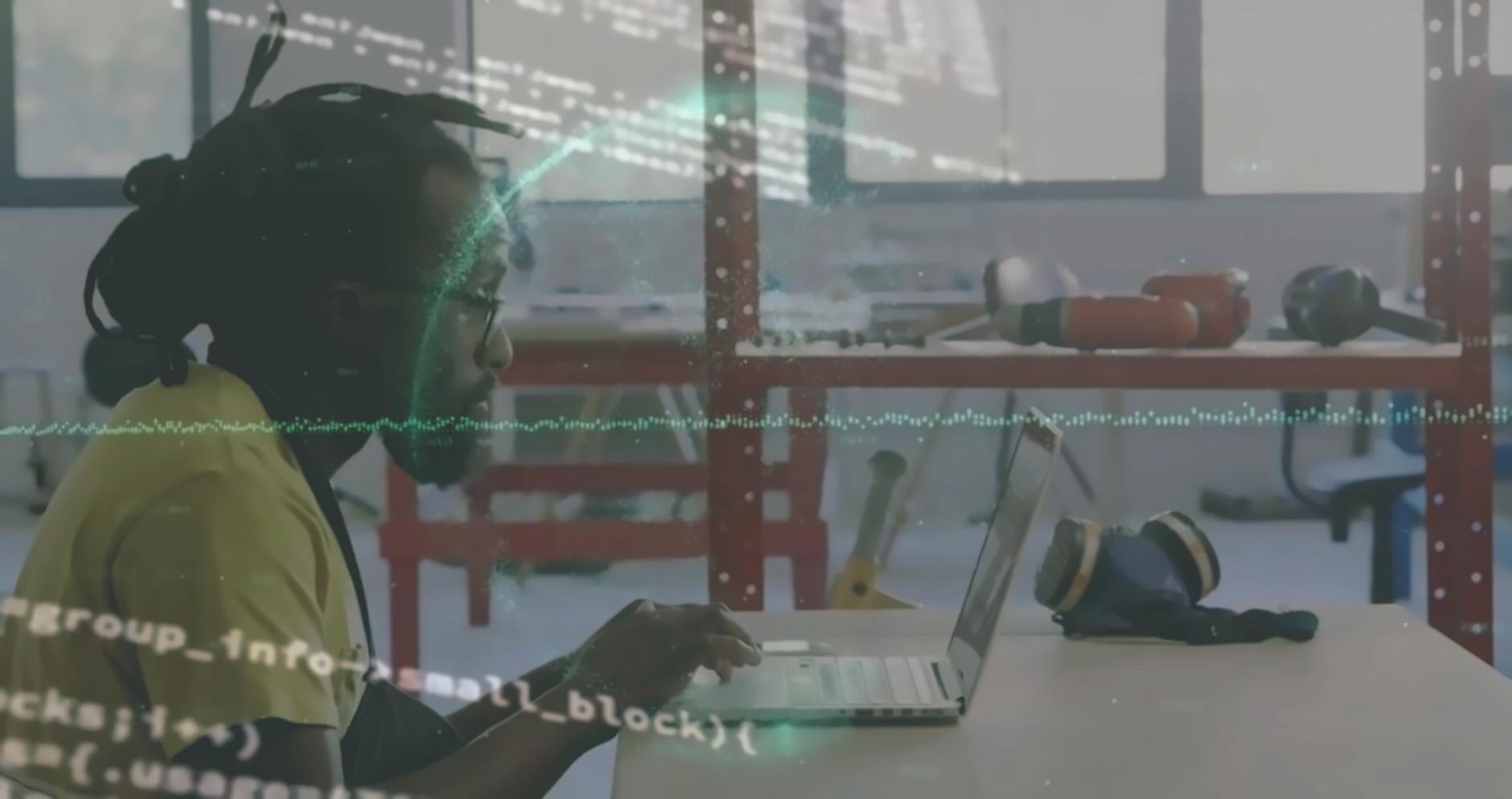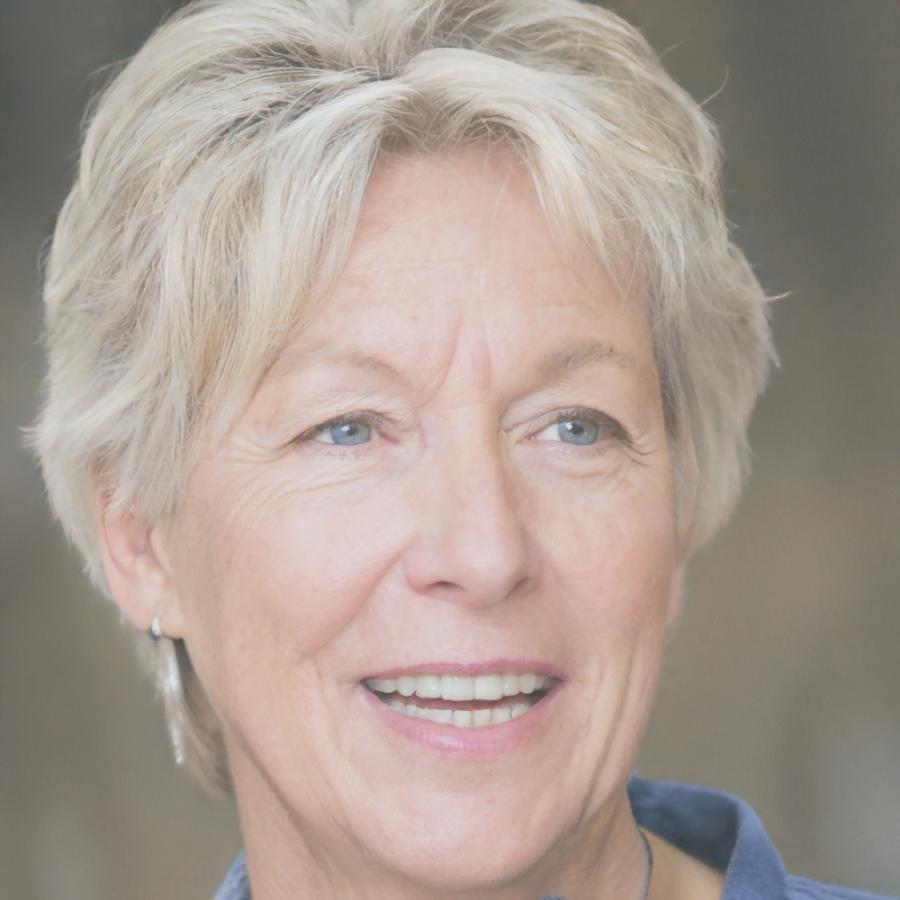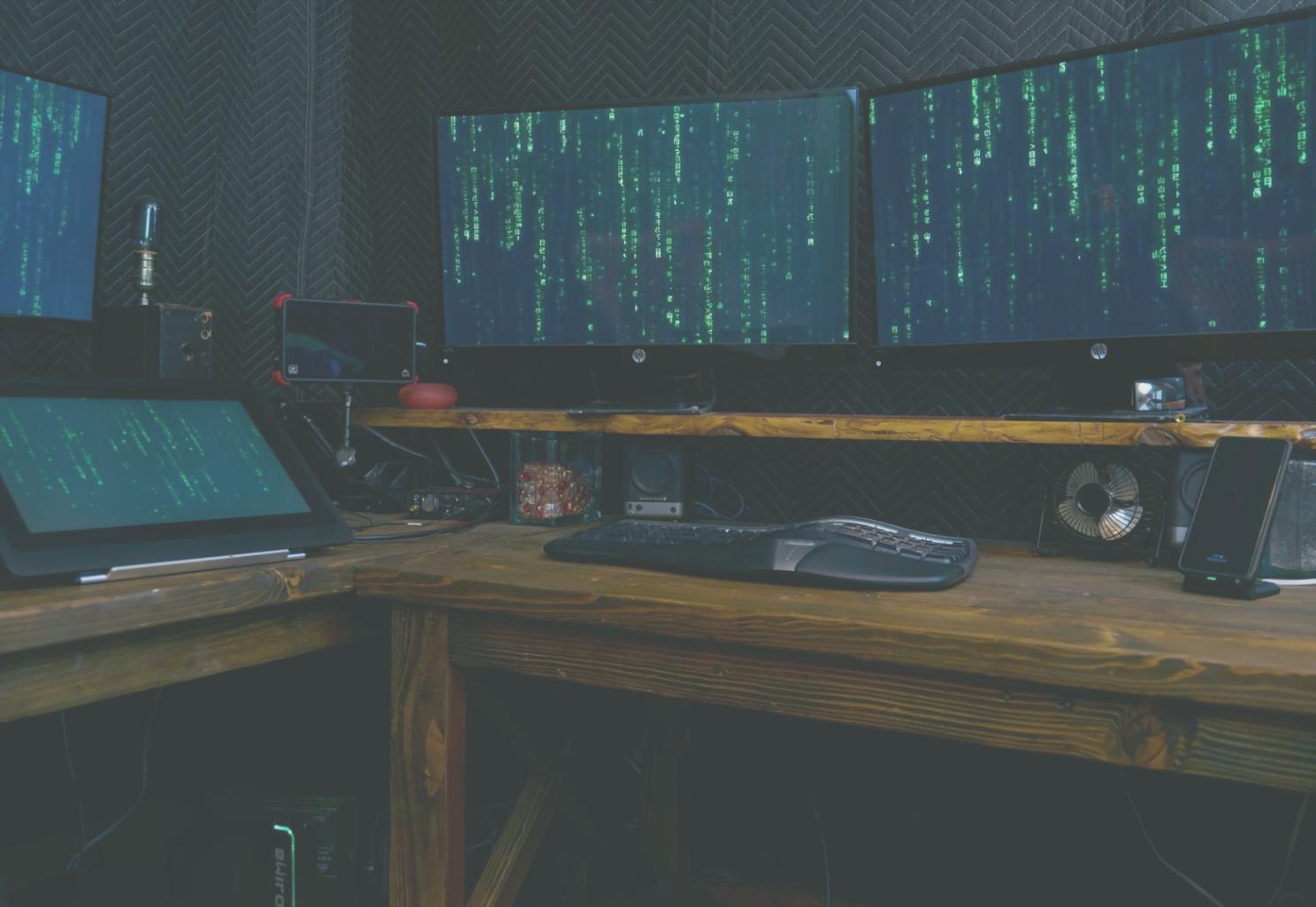Building Game Artists From The Ground Up
We started in 2019 with a simple observation: Egypt has incredible creative talent, but game development education was mostly theoretical. So we built something different.
How We Got Here
Back in 2019, I was consulting for studios that kept asking the same question: where do we find artists who actually understand game pipelines? University graduates had theory but struggled with real production workflows.
That gap felt fixable. We started small—just twelve students in a rented space in Faiyum. The goal was straightforward: teach what studios actually need. Character modeling that works in game engines. Animation cycles that don't break. Textures that perform well on different platforms.
By 2023, we had worked with over 200 students. Some went to local studios, others joined international remote teams. The feedback loop taught us what works and what doesn't in practical education.

What Drives Our Approach
Production-First Learning
Everything we teach comes from real game production pipelines. Students work with the same constraints, file formats, and optimization challenges they'll face in actual studios. Theory matters, but only when it connects to what you'll build.
Portfolio Over Certificates
Studios hire portfolios, not diplomas. Our programs focus on creating work that demonstrates skill. By the end, students have pieces they can show—characters, environments, animation reels that speak for themselves.
Regional Context Matters
We understand the Egyptian market's opportunities and challenges. Remote work opens global possibilities, but local studios need support too. Our curriculum balances both paths.

How We Actually Teach
Project-Based Structure
Students build complete assets from concept to final integration. Each project introduces new technical challenges while reinforcing fundamentals. You learn topology by fixing problem meshes, not just watching demonstrations.
Industry-Standard Tools
We teach Blender, Maya, Substance Painter, and Unreal Engine because that's what studios use. Learning software matters less than understanding the principles that transfer between tools. But you need proficiency in at least one complete pipeline.
Feedback Cycles That Work
Weekly critiques mirror studio review processes. Students present work, receive specific feedback, iterate, and present again. This develops both technical skill and communication ability—you'll need to explain artistic choices in professional settings.
Flexible Scheduling
Many students work or have other commitments. Our autumn 2025 program offers evening sessions and weekend workshops. Online components let you work at your own pace between structured sessions.
Who Guides The Learning

Nadia Fouad
Lead Character Artist
Spent eight years at mobile game studios in Cairo before shifting to education. Specialized in character workflows and stylized art direction. Built curriculum around mistakes she made early in her career so students can skip those.
Technical Honesty
Game art has real technical constraints. We don't sugarcoat challenges—poly budgets matter, texture sizes affect performance, and some artistic choices simply won't work in real-time engines. Better to learn that here than on a deadline.
Practical Progress
Students advance when they demonstrate capability, not after fixed timeframes. Some finish our character modeling module in eight weeks, others need twelve. What matters is the quality of work you produce, not how quickly you move through material.
Community Support
Learning 3D art can feel isolating. We maintain active channels where students help each other troubleshoot, share resources, and celebrate progress. Alumni often return to mentor newer students—that peer knowledge exchange proves invaluable.
The Learning Journey We've Built
Foundation Phase
Master core modeling principles and develop clean topology habits. Learn UV unwrapping that actually works in production.
- 3D fundamentals and tool proficiency
- Asset optimization for game engines
- Basic material creation
- Portfolio foundation pieces
Specialization Phase
Choose your focus: character art, environment design, or technical animation. Dive deep into your chosen discipline.
- Advanced modeling techniques
- Professional texturing workflows
- Lighting and presentation
- Pipeline integration skills
Production Phase
Work on simulated studio projects with realistic constraints, deadlines, and quality requirements.
- Complete asset production
- Collaborative workflows
- Revision and polish cycles
- Portfolio finalization

Ready To Start Your Journey?
Our next comprehensive program begins in October 2025. We accept students with various backgrounds—some come from design, others from completely different fields. What matters is commitment to learning production-quality 3D art.
The program runs for nine months with structured sessions and independent project work. You'll build a portfolio of game-ready assets and gain practical understanding of industry workflows.
Applications open in July 2025. We review portfolios and conduct brief interviews to ensure good fit. Class size stays limited to maintain quality feedback and mentorship.
Explore Our Programs